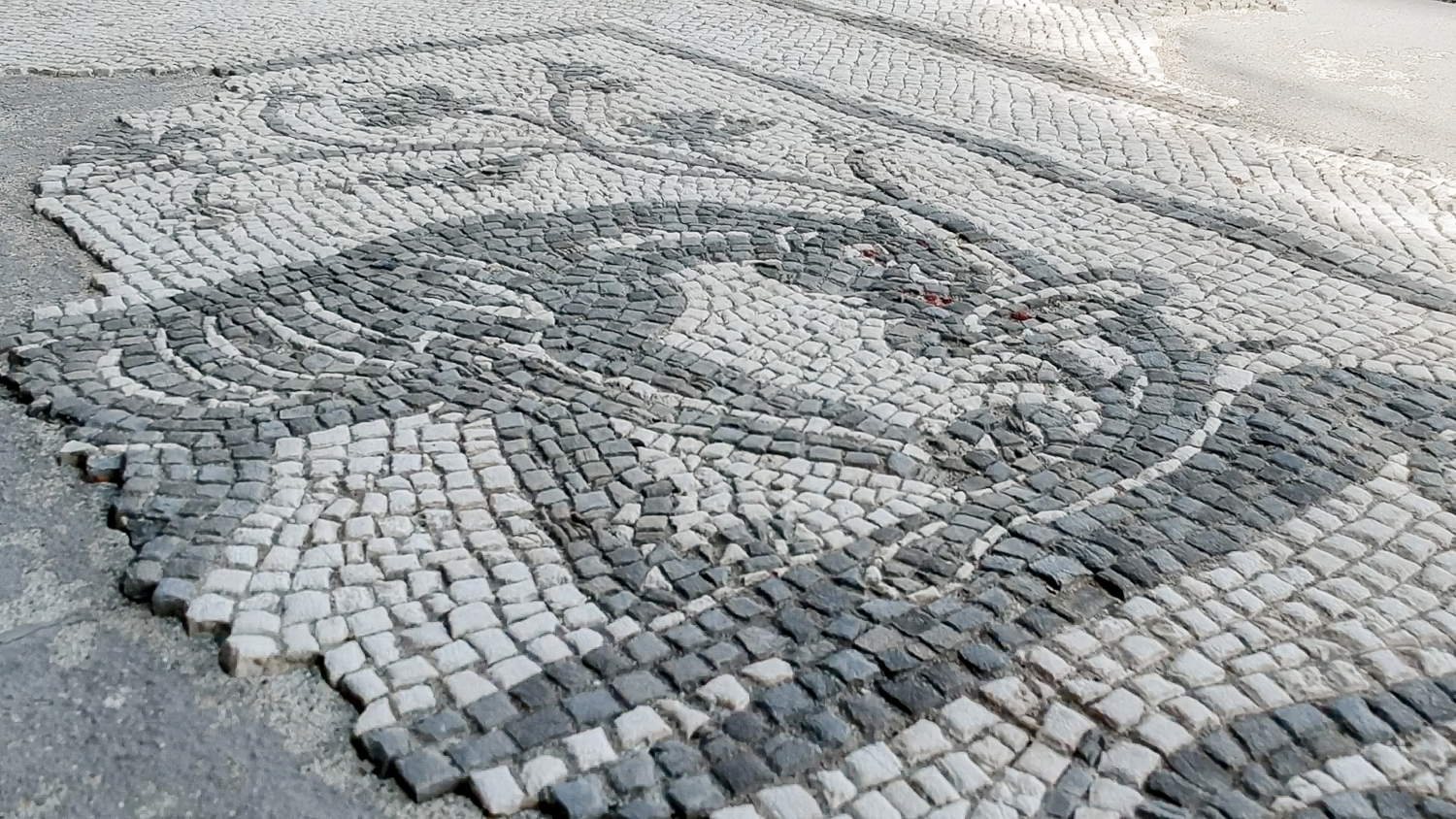Excavations in the Altino Archaeological Park have resumed thanks to specific funding provided for the first time by the Ministry of Culture through the General Directorate of Museums. These funds have been earmarked for excavation campaigns in national archaeological parks, such as the one currently underway in Altino, conducted by the SAP Archaeological Society. The new excavations have unearthed important evidence dating back to the first century AD, including a section of the Roman city and residual materials from a building with traces of metallurgical activity adjacent to the large cloaca excavated in 2022.
The Archaeological Museum and the archaeological area of Altino also officially became an Archaeological Park. With the official establishment, sanctioned by Ministerial Decree No. 57 of March 15, 2024, a project started three years ago was completed. This step gave definitive impetus to a new vision for the site. The Park will be a true “open-air museum,” supplementing the collections displayed in the Archaeological Museum with the results of excavations, to offer visitors a unique itinerary that will tell the story of the area and its landscape in all its facets. “Each Archaeological Park,” commented Director General Museums Massimo Osanna, “is an expression of an integrated system that sees archaeological remains and landscape as inseparable elements, a context in which historical memory is intertwined with landscape and environmental value, in the spirit of the Constitution. The Archaeological Park of Altino thus assumes a key role in the research, preservation and enhancement of this peculiar territorial area, with a view to the sustainable promotion and enjoyment of cultural places, in that network perspective that characterizes our National Museum System.”
The Archaeological Park of Altino has also been included in the new institute with special autonomy called “National Archaeological Museums of Venice and the Lagoon,” which also includes the National Archaeological Museum of Venice, the Museum of Palazzo Grimani, and the future National Archaeological Museum of the Lagoon of Venice on the island of Lazzaretto vecchio. The new institute is directed by Marianna Bressan. The ongoing archaeological excavations can be visited during open excavation appointments (reservations 0422.789443 and drm-ven.museoaltino@cultura.gov.it): the next one is scheduled for Thursday, November 21, at 3:30 pm.
The cloaca discovered in 2022 is anunderground infrastructure belonging to the urban quarter located in the decumanus archaeological area. This district, among the first of the Roman Altino to be discovered in the 1960s, was the subject of several excavation campaigns until the early 1990s, proving to be an archaeological source of great and still unexplored potential. In 2022, thanks to the still ongoing project, there was an opportunity to resume investigations, bringing to light new discoveries. These included the massive artifact intended for water disposal, which shed new light on the details of the daily life of the inhabitants of the time, revealing the sophisticated water management system in use in the neighborhood. “This latest excavation,” Marianna Bressan clarifies, “took place on an area never investigated before, chosen for its potential and with a twofold objective: to proceed with the rearrangement of the area already open to the public, with the hope, amply repaid, of finding something new.”
The most interesting artifacts found in the cloaca are displayed in the Modus vivendi exhibition that opened in May 2023 and can still be seen at the museum. The exhibition was conceived in collaboration with MUB - Museo della Bonifica di San Donà di Piave and P.ET.R.A. soc. coop with the contribution of Regione del Veneto. On display are brightly colored glass vessels, decorated ceramic furnishings that were part of the home furnishings, but also a rare blue balsam bowl with gold leaf inserts that was used to hold perfumes or ointments for body care (only nine such ones are known in the entire Roman Empire). Three decorated cups livened up the set table and oil lamps, small portable lamps but also “precious” objects, quartz paste beads, shaped like melons, that were part of everyday necklaces or the needle, also made of bone, that was a hairpin.
 |
| New findings in Altino Archaeological Park reveal evidence of metallurgical activity |
Warning: the translation into English of the original Italian article was created using automatic tools. We undertake to review all articles, but we do not guarantee the total absence of inaccuracies in the translation due to the program. You can find the original by clicking on the ITA button. If you find any mistake,please contact us.